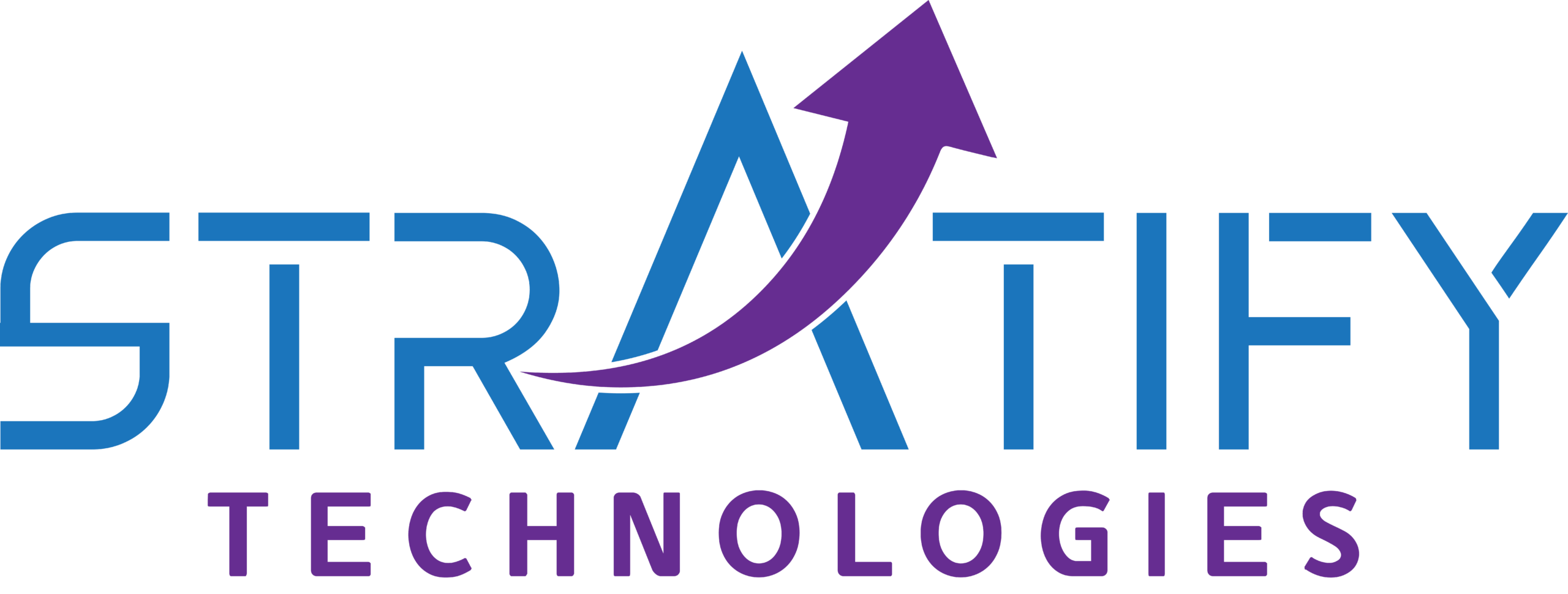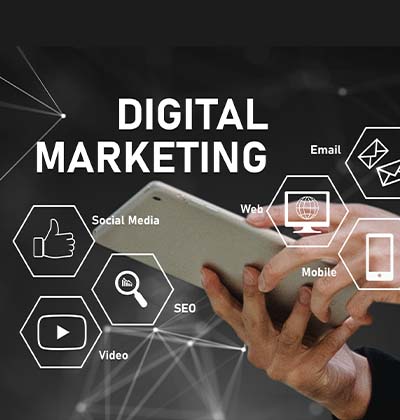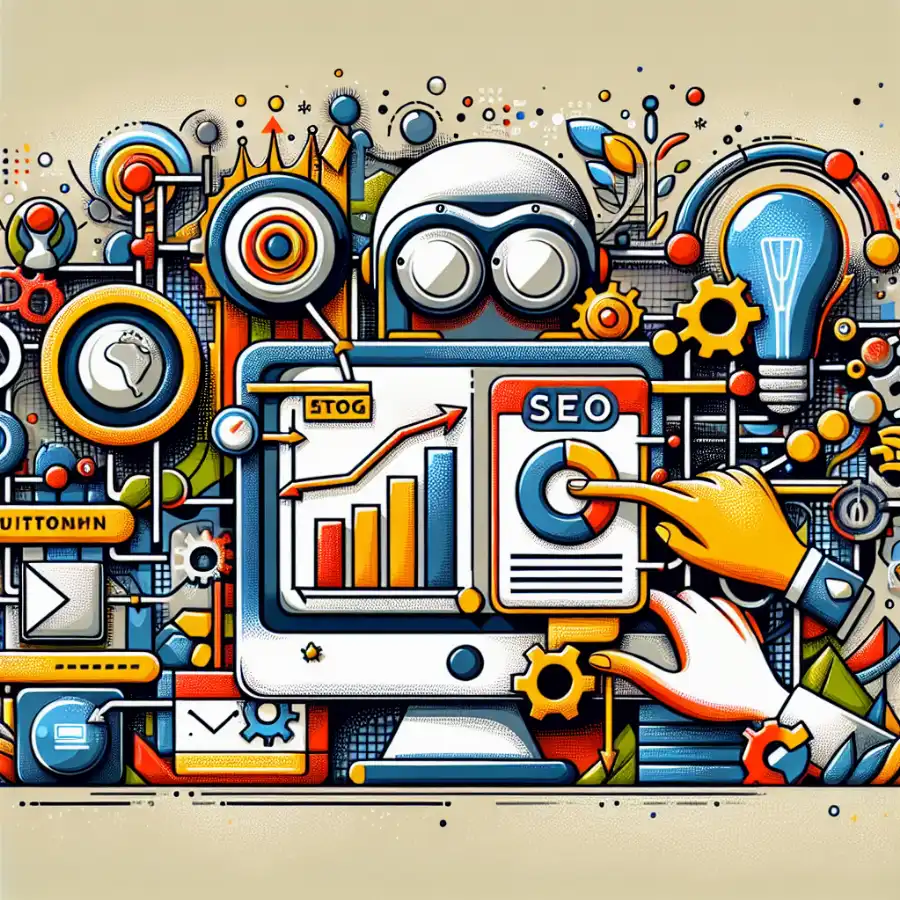Data-Driven Marketing: How Marketing Automation Drives ROI
As businesses navigate a world filled with abundant data, they face both exciting opportunities and significant challenges in managing and interpreting customer interactions. Enter data-driven marketing—a strategy that leverages data analytics to inform marketing decisions, enhance customer engagement, and ultimately drive return on investment (ROI). At the heart of this approach lies marketing automation, a powerful tool that streamlines processes and personalizes interactions.



As companies increasingly recognize the importance of personalization and efficiency in marketing efforts, investing in marketing automation has become essential. In this blog, we’ll explore how marketing automation can help businesses enhance their data-driven marketing strategies and achieve significant ROI.
Understanding Marketing Automation
Marketing automation refers to software platforms and technologies designed to manage and automate marketing tasks and workflows. This includes email marketing, social media posting, lead nurturing, customer segmentation, and analytics. By automating repetitive tasks, businesses can free up time to focus on strategy and creativity.
According to a report by Grand View Research, the global marketing automation market is expected to reach USD 8.42 billion by 2027, growing at a compound annual growth rate (CAGR) of 9.8%. This growth reflects the increasing demand for efficient marketing solutions that can drive customer engagement and loyalty.

The Benefits of Marketing Automation
- Personalization at Scale
One of the standout features of marketing automation is its ability to deliver personalized experiences to customers. By leveraging data analytics, businesses can segment their audience based on various factors such as behavior, demographics, and preferences. This allows for targeted messaging that resonates with individual customers, ultimately improving engagement rates.
For instance, personalized email campaigns that address customers by name and recommend products based on previous purchases can lead to higher open and click-through rates. According to HubSpot, personalized emails deliver 6 times higher transaction rates than non-personalized ones.
- Enhanced Efficiency and Productivity
Automating repetitive marketing tasks allows teams to focus on strategic initiatives. Tasks such as email scheduling, social media posting, and lead tracking can all be streamlined through automation tools. This not only saves time but also minimizes human error.
In fact, a survey by Ascend2 found that 63% of marketers cite increased productivity as a primary benefit of marketing automation. By reallocating resources to more critical tasks, businesses can improve overall performance and drive better results.
- Improved Lead Management
Effective lead management is essential for converting prospects into customers. Marketing automation tools provide capabilities for lead scoring, nurturing, and tracking, enabling businesses to prioritize leads based on their engagement and readiness to buy.
For example, a company can set up automated workflows that send targeted content to leads at various stages of the buyer’s journey. This means that leads receive relevant information when they need it most, enhancing the likelihood of conversion. A study by MarketingSherpa found that companies using lead nurturing strategies see a 50% increase in sales-ready leads.
- Data-Driven Insights
Data analytics is at the core of marketing automation. These tools provide valuable insights into campaign performance, customer behavior, and market trends. By analyzing this data, businesses can make informed decisions that enhance marketing strategies.
For instance, A/B testing functionalities within marketing automation platforms allow companies to experiment with different messaging, subject lines, and formats to determine what resonates best with their audience. This data-driven approach ensures that marketing efforts are continually refined for maximum impact.
- Higher ROI
The ultimate goal of any marketing strategy is to drive revenue. According to a report by Nucleus Research, companies that implement marketing automation see an increase in ROI by 14.5%. By enhancing customer engagement, improving lead management, and optimizing campaigns through data analysis, businesses can achieve significant returns on their marketing investments.
How to Implement a Data-Driven Marketing Strategy?
To effectively implement a data-driven marketing strategy using automation, businesses should consider the following steps:
- Define Clear Goals: Establish clear objectives for your marketing campaigns. Whether it’s increasing brand awareness, generating leads, or improving customer retention, having well-defined goals will guide your marketing automation efforts.
- Invest in the Right Tools: Choose marketing automation software that aligns with your business needs. Look for features that enable data analytics, personalized communication, and efficient workflow management.
- Segment Your Audience: Use customer data to segment your audience based on demographics, behavior, and preferences. This segmentation allows for more targeted and effective marketing campaigns.
- Create Relevant Content: Develop high-quality, relevant content that speaks to your audience’s needs and interests. Whether it’s blog posts, emails, or social media content, ensure that your messaging is aligned with your brand and resonates with your target audience.
- Measure and Optimize: Continuously monitor the performance of your marketing campaigns. Use the analytics provided by your automation tools to identify trends, measure ROI, and optimize your strategies accordingly.
How Stratify Technologies Can Help
At Stratify Technologies, we specialize in offering comprehensive marketing automation solutions designed to help businesses harness the power of data-driven marketing. Our team of experts will work closely with you to identify your unique challenges and tailor automation strategies that align with your business goals.
Whether you need assistance with setting up automated email campaigns, managing social media engagement, or analyzing campaign performance, we’ve got you covered. Our tools and strategies are designed to streamline your marketing processes, personalize customer interactions, and drive measurable results.
Ready to Transform Your Marketing Strategy?
As businesses increasingly invest in marketing automation to enhance their data-driven marketing efforts, Stratify Technologies LLC is here to guide you through the process. Our expertise in marketing automation can help you leverage data effectively, improve customer engagement, and maximize your ROI.



















